by Susan Flantzer
© Unofficial Royalty 2024
The Hawaiian Islands, located in the Pacific Ocean, were originally divided into several independent chiefdoms. The Kingdom of Hawaii was formed in 1795, when the warrior chief Kamehameha the Great of the independent island of Hawaii, conquered the independent islands of Oahu, Maui, Molokai, and Lanai, and unified them under one government and ruled as Kamehameha I, King of the Hawaiian Islands. In 1810, the whole Hawaiian archipelago became unified when Kauai and Niihau voluntarily joined the Kingdom of Hawaii. Two major dynastic families ruled the kingdom: the House of Kamehameha and the House of Kalākaua.
In 1778, British explorer James Cook visited the islands. This led to increased trade and the introduction of new technologies and ideas. In the mid-19th century, American influence in Hawaii dramatically increased when American merchants, missionaries, and settlers arrived on the islands. Protestant missionaries converted most of the native people to Christianity. Merchants set up sugar plantations and the United States Navy established a base at Pearl Harbor. The newcomers brought diseases that were new to the indigenous people including influenza, measles, smallpox, syphilis, tuberculosis, and whooping cough. At the time of James Cook’s arrival in 1778, the indigenous Hawaiian population is estimated to have been between 250,000 and 800,000. By 1890, the indigenous Hawaiian population declined had to less than 40,000.
In 1893, a group of local businessmen and politicians composed of six non-native Hawaiian Kingdom subjects, five American nationals, one British national, and one German national overthrew Queen Liliʻuokalani, her cabinet, and her marshal, and took over the government of the Kingdom of Hawaii. This led to the 1898 annexation of Hawaii as a United States territory. On August 21, 1959, Hawaii became the 50th state of the United States.
In 1993, one hundred years after the Hawaiian monarchy was overthrown, the United States Congress passed and President Bill Clinton signed the Apology Resolution which “acknowledges that the overthrow of the Kingdom of Hawaii occurred with the active participation of agents and citizens of the United States and further acknowledges that the Native Hawaiian people never directly relinquished to the United States their claims to their inherent sovereignty as a people over their national lands, either through the Kingdom of Hawaii or through a plebiscite or referendum”. As a result, the Hawaiian sovereignty movement, a grassroots political and cultural campaign to reestablish an autonomous or independent nation or kingdom in Hawaii, was established along with ongoing efforts to redress the indigenous Hawaiian population.
********************
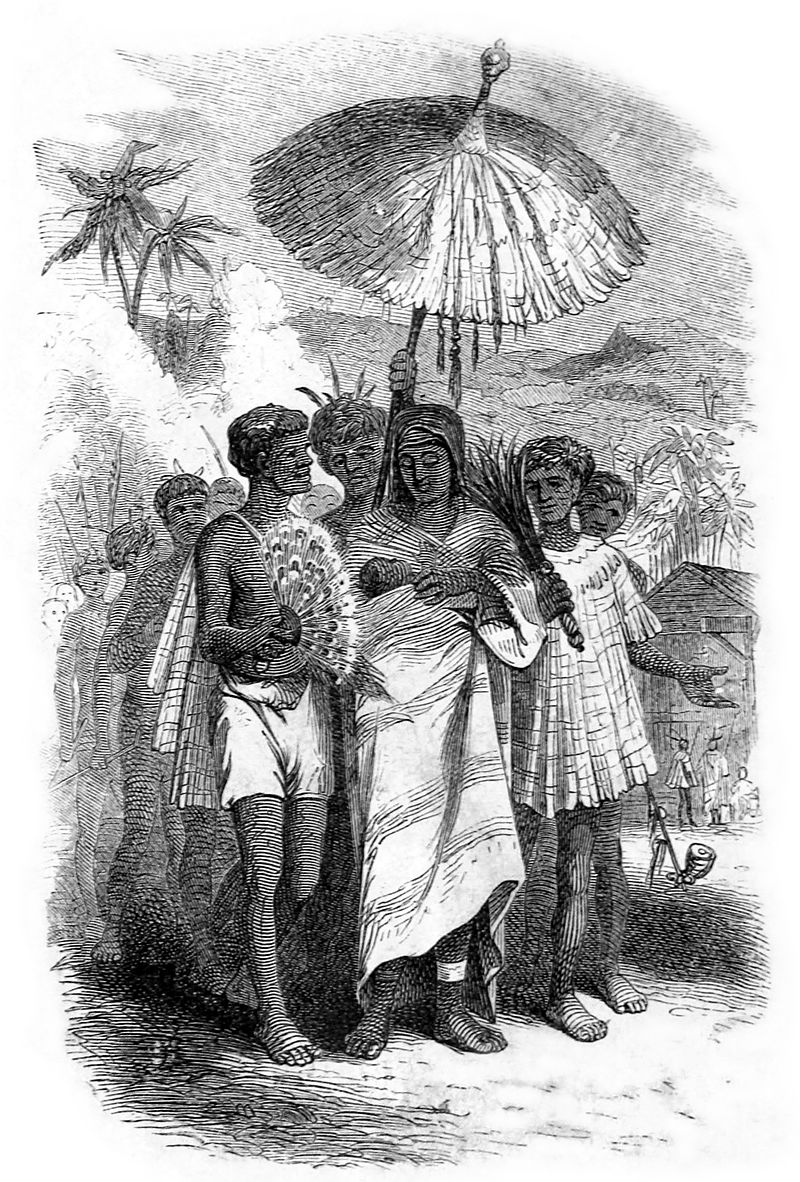
An illustration of Keōpūolani and her retinue from 1855 book The Christian Queen; Credit – Wikipedia
Keōpūolani was the highest-ranking wife of Kamehameha I the Great, King of the Hawaiian Islands. She was born around 1778, in Pāpōhaku, near present-day Wailuku, on the island of Maui. Keōpūolani was the daughter of Kīwalaʻō, the aliʻi nui (supreme monarch or chief) of the island of Hawaii, and Kekuʻiapoiwa Liliha, half-sister of Kamehameha I. In July 1782, Keōpūolani’s father Kiwalao was overthrown and killed at the Battle of Mokuʻōhai. This was the first step toward Kamehameha I’s domination over all the Hawaiian Islands.

Kamehameha I the Great, King of the Hawaiian Islands, 1816; Credit – Wikipedia
Keōpūolani and Kamehameha I were married in 1795. Their marriage linked the House of Kamehameha to the ruling house of Maui and the old ruling house of Hawaii. Kamehameha I had many wives and many children. The exact number is debated because documents that recorded the names of his wives were destroyed. While he had many wives and children, only his children from his highest-ranking wife Keōpūolani succeeded him to the throne. Keōpūolani had eleven children, all but three died young. Kamehameha I was about twenty years older than Keōpūolani. Because of the large age difference, Kamehameha I called his children with Keōpūolani his grandchildren. (Note: Unofficial Royalty articles are coming for Kamehameha II and Kamehameha III.)
- Prince Liholiho, later Kamehameha II, King of the Hawaiian Islands (1797 – 1824), had five wives, no children
- Prince Kauikeaouli, later Kamehameha III, King of the Hawaiian Islands (1814 – 1854), married Kalama Hakaleleponi Kapakuhaili, had two children who died in infancy
- Princess Nāhienaena (1815 – 1836), married William Pitt Leleiohoku I, had one child who died at birth, Nāhienaena died three and half months after giving birth
Kamehameha I, King of the Hawaiian Islands died on May 14, 1819. His eldest son with Keōpūolani, Liholiho, succeeded as Kamehameha II, King of the Hawaiian Islands. After the death of Kamehameha I, Keōpūolani married Hoapili, a close friend and advisor of Kamehameha I.
Keōpūolani played an important role in the ʻAi Noa, the elimination of the Hawaiian kapu system in 1819. Kapu was the ancient Hawaiian code of conduct of laws and regulations governing lifestyle, gender roles, politics, and religion. After the elimintion of the kapu system, women were allowed to eat formerly forbidden food and to eat with men, the priests no longer offered human sacrifices, and the many prohibitions surrounding the high chiefs were relaxed. In 1820, Christian missionaries came to the Hawaiian Islands and Keōpūolani and her second husband Hoapili were among the first of the Hawaiian nobles to convert to Christianity. Keōpūolani then wore Western clothing and learned to read and write. She made a public declaration that the custom of taking multiple spouses by royalty would end and the Christian practice of monogamy would be followed.
In August 1823, Keōpūolani became ill and her condition quickly worsened. Many chiefs visited her to pay their respects. When William Pitt Kalanimoku, a High Chief who functioned as the prime minister of the Hawaiian Kingdom, arrived to pay her respects, Keōpūolani told him: “Jehovah is a good God. I love him and I love Jesus Christ. I have given myself to him to be his. When I die, let none of the evil customs of this country be practiced. Let not my body be disturbed. Let it be put in a coffin. Let the teachers attend, and speak to the people at my interment. Let me be buried, and let my burial be after the manner of Christ’s people. I think very much of my grandfather, Kalaniopuʻu, and my father Kiwalaʻo, and my husband Kamehameha, and all my deceased relatives. They lived not to see these good times, and to hear of Jesus Christ. They died depending on false gods. I exceedingly mourn and lament on account of them, for they saw not these good times.”
Keōpūolani had not yet been baptized and wished to do so before she died. English missionary William Ellis, who was fluent in Hawaiian, conducted the baptism in Hawaiian so all could understand. Keōpūolani’s son Kamehameha II, King of the Hawaiian Islands and all the assembled family and nobles listened to Ellis. When they saw that she was baptized with holy water in the name of God, they said that she was no longer one of them and that they believed she was God’s and would go to dwell with him. Keōpūolani stated that she wanted her eight-year-old daughter Princess Nāhienaena to be raised as a Christian and so she was also baptized too. Keōpūolani and her daughter took their Christian name Harriet after Harriet Stewart, the wife of missionary Charles Stewart. An hour later in the early evening of September 16, 1823, 45-year-old Keōpūolani died at Hale Kamani, her home on the beach in Lahaina, on the island of Maui.

The funeral procession of Keōpūolani by missionary William Ellis who baptized Keōpūolani (1823); Credit – Wikipedia
After a large public funeral on September 18, 1823, Keōpūolani was buried at her home Hale Kamani in Lahaina, Maui. In 1837, her second son King Kamehameha III transferred her remains to the sacred island of Mokuʻula in Lahaina, Maui. Later her remains were reburied at the Christian cemetery at Waiola Church in Lahaina, Maui along with her daughter, her second husband, and other royal family members.

The royal cemetery at at Waiola Church in Lahaina, Maui; Credit – Wikipedia
This article is the intellectual property of Unofficial Royalty and is NOT TO BE COPIED, EDITED, OR POSTED IN ANY FORM ON ANOTHER WEBSITE under any circumstances. It is permissible to use a link that directs to Unofficial Royalty.
Works Cited
- Flantzer, Susan. (2024). Kamehameha I the Great, King of the Hawaiian Islands. Unofficial Royalty. https://www.unofficialroyalty.com/kamehameha-i-the-great-king-of-the-hawaiian-islands/
- Kamehameha I. Royal Family Hawaii. https://www.crownofhawaii.com/kamehameha-i
- U.S. Department of the Interior. Kamehameha the Great. National Parks Service. https://www.nps.gov/puhe/learn/historyculture/kamehameha.htm
- Wikimedia Foundation. (2023). Hawaiian Kingdom. Wikipedia. https://en.wikipedia.org/wiki/Hawaiian_Kingdom
- Wikimedia Foundation. (2023). Kamehameha I. Wikipedia. https://en.wikipedia.org/wiki/Kamehameha_I
- Wikimedia Foundation. (2023c, August 16). Keōpūolani. Wikipedia. https://en.wikipedia.org/wiki/Ke%C5%8Dp%C5%ABolani
- Young, Peter T. (2022). Hawaiian Woods – Hawaiian Royal Residences. Images of Old Hawaiʻi. https://imagesofoldhawaii.com/hawaiian-woods-hawaiian-royal-residences/





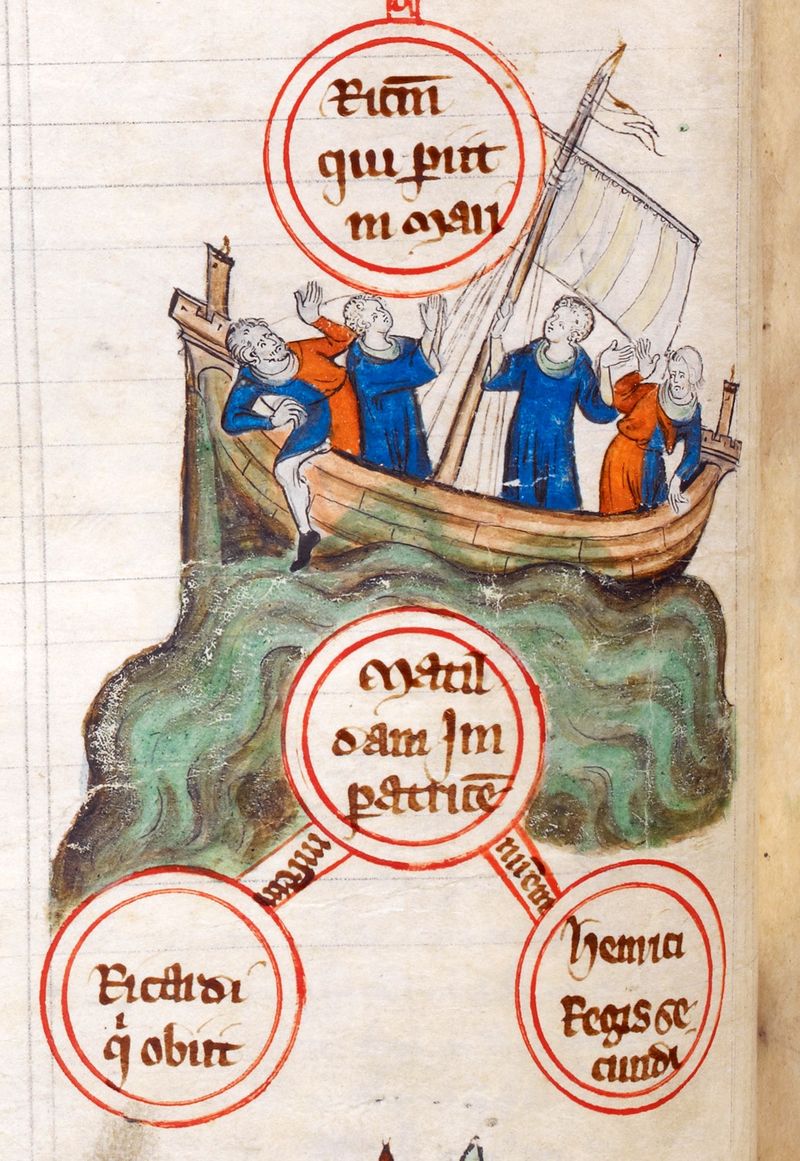
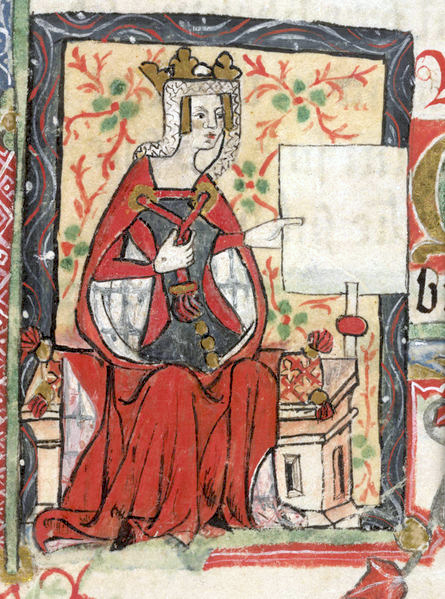


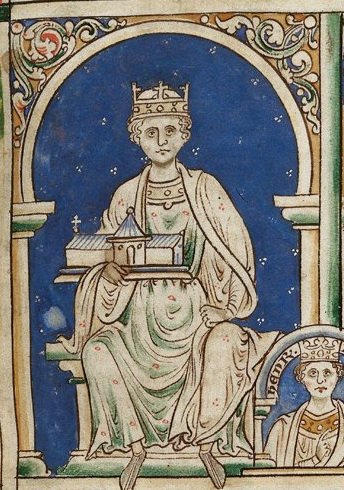


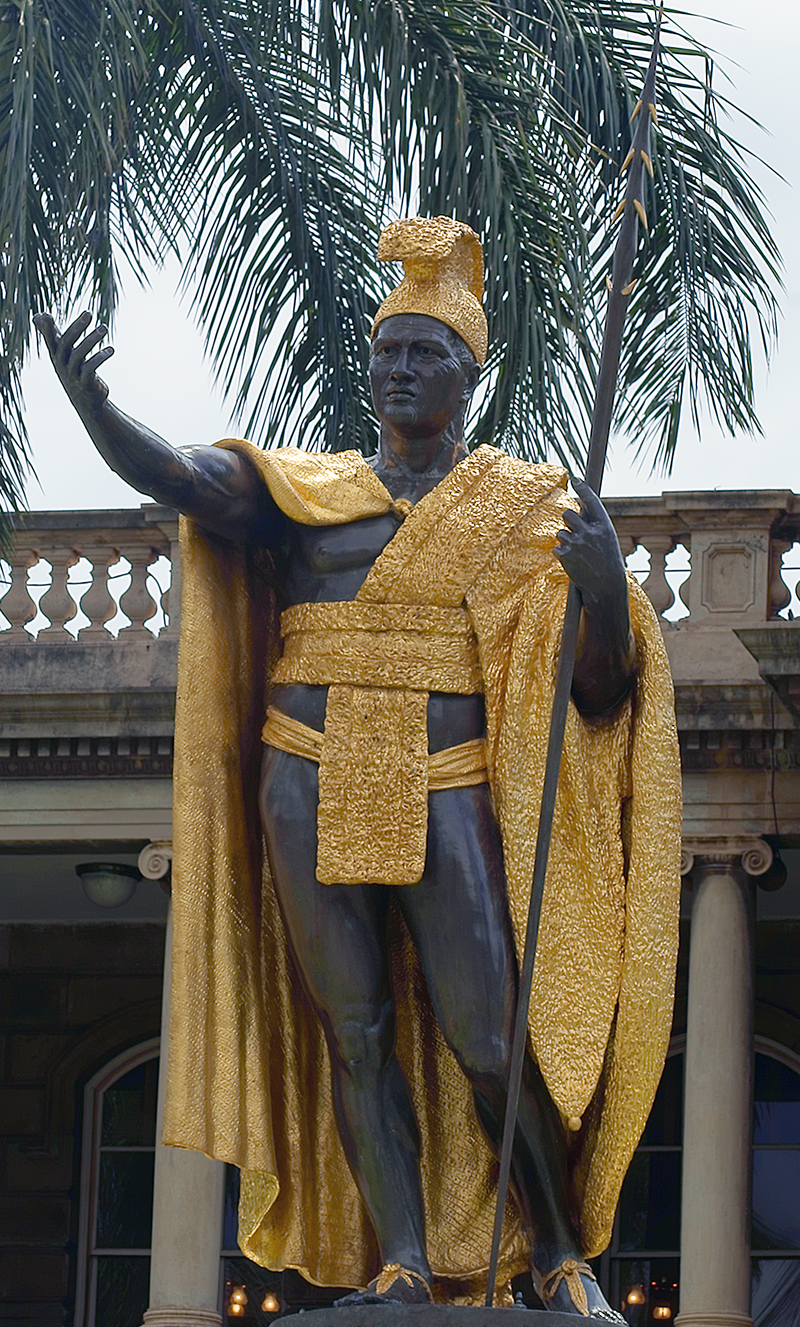








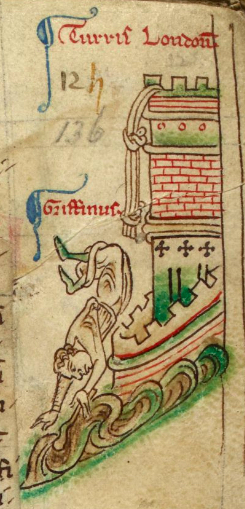
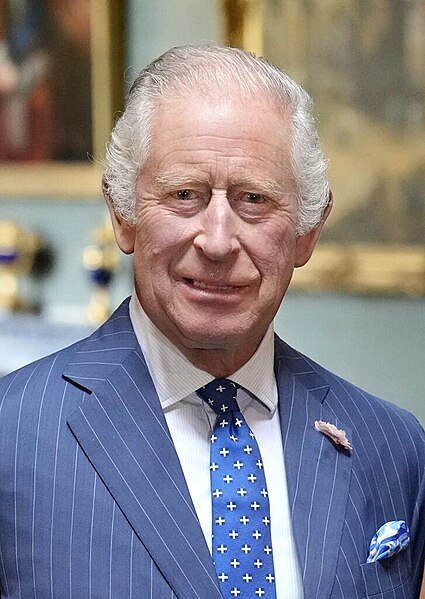 Just hours after it was announced that The Princess of Wales had undergone successful abdominal surgery, Buckingham Palace announced that King Charles III will be treated for a benign prostate condition next week. The statement stresses that it is a benign condition, but the King will undergo a “corrective procedure”. The King’s engagements will be postponed for a brief period of time.
Just hours after it was announced that The Princess of Wales had undergone successful abdominal surgery, Buckingham Palace announced that King Charles III will be treated for a benign prostate condition next week. The statement stresses that it is a benign condition, but the King will undergo a “corrective procedure”. The King’s engagements will be postponed for a brief period of time.